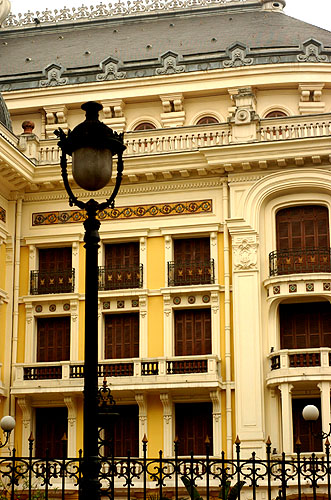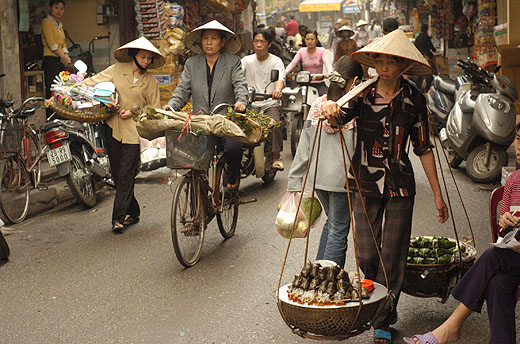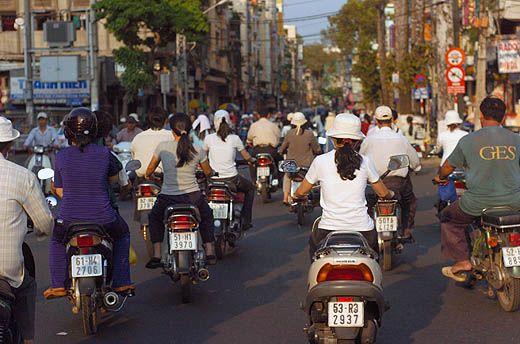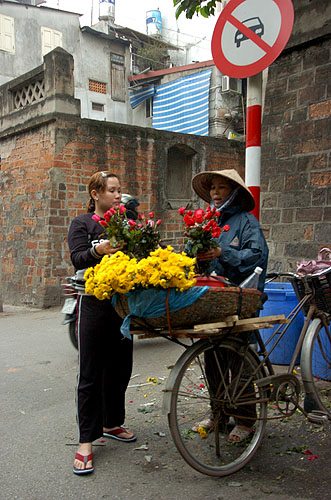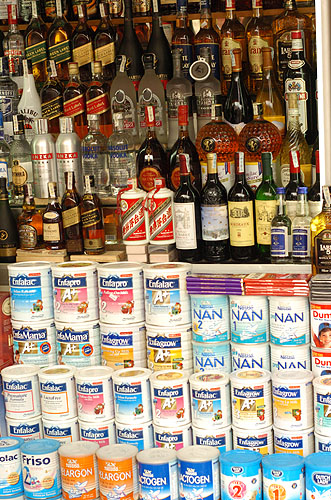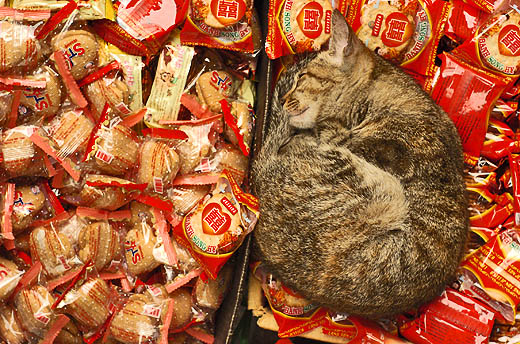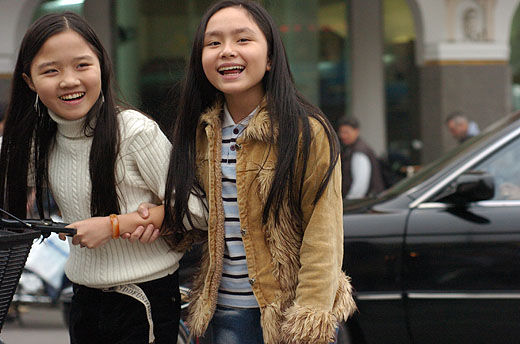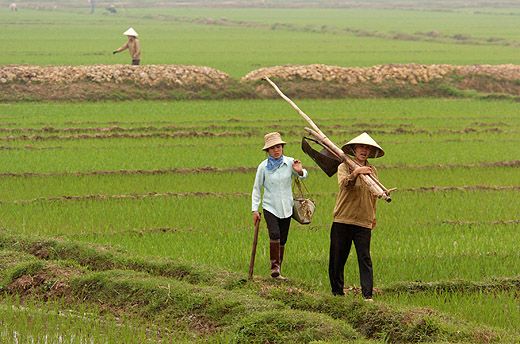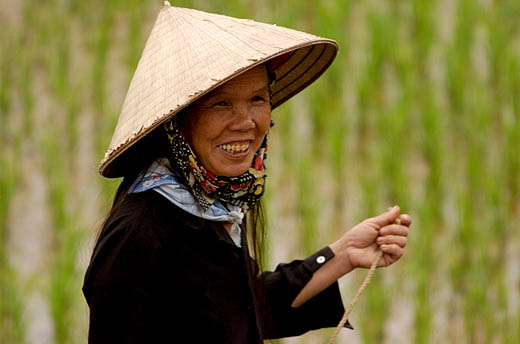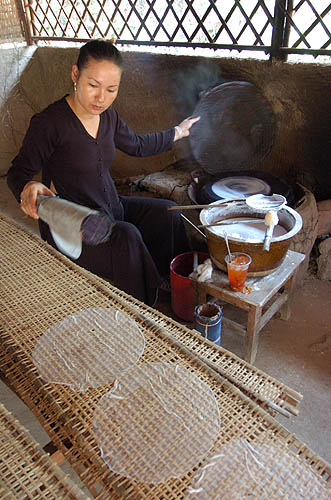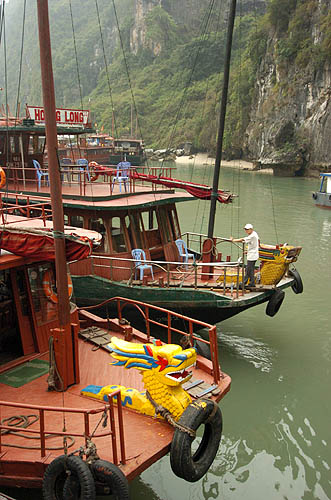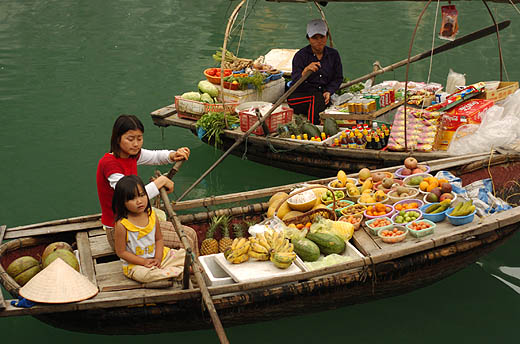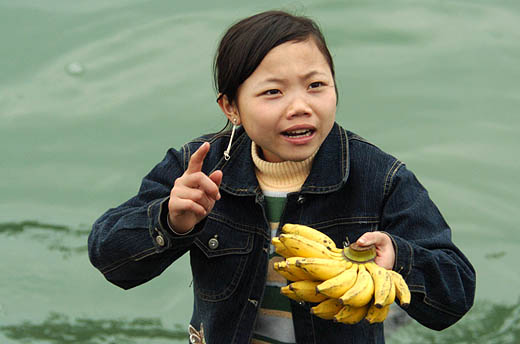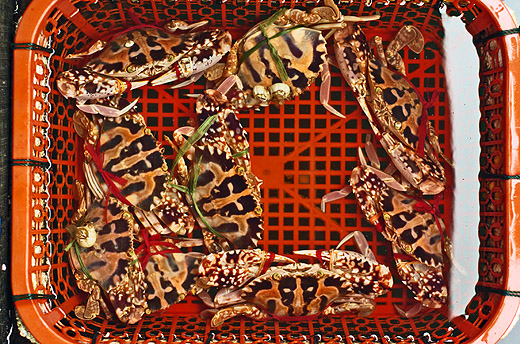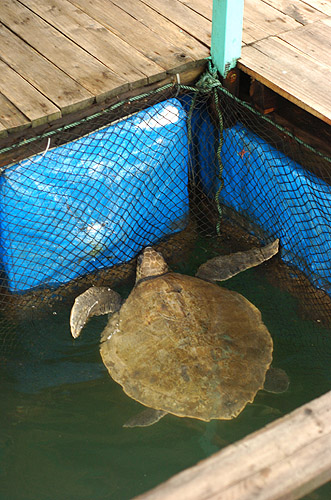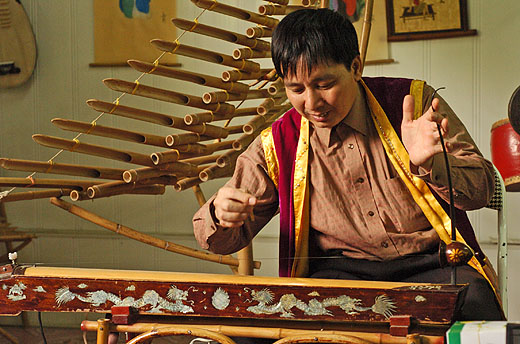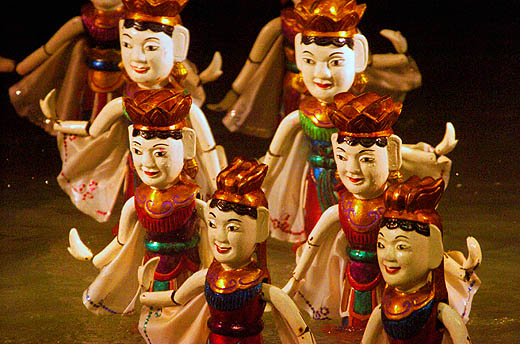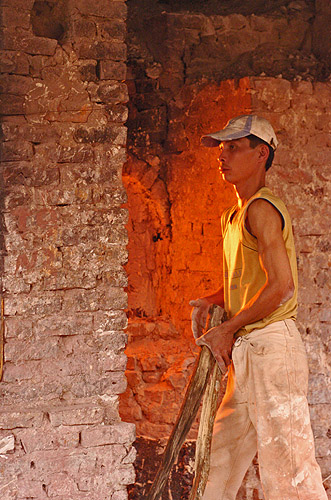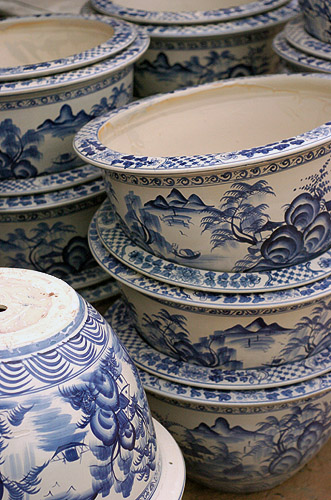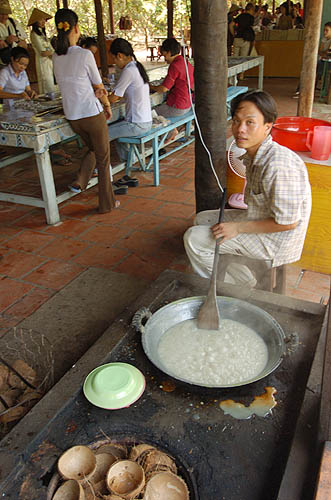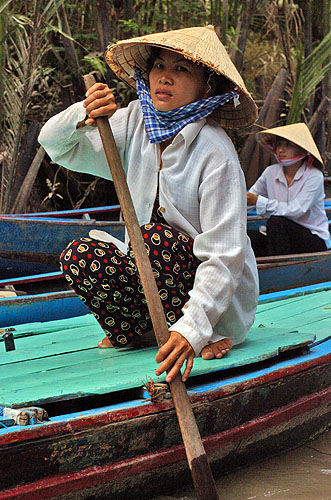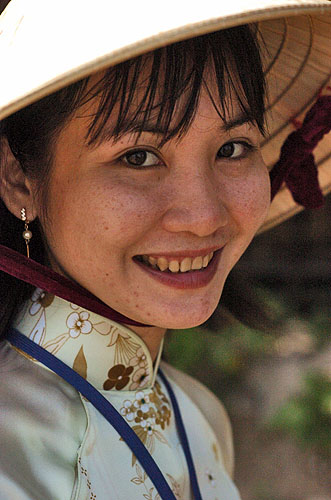|
|
|||||
|
Vision of Vietnam (Part 1 of 2) Text and photos by Jon
Hill, March 2005 Vietnam. Just hearing the name of the country puts images into your head. I wasn't even alive for much of the Vietnam war of the 1960's and 70's, yet the movie industry has shown me so many images of jungles with ruthless small asian figures hiding in the bushes that I can't keep them from popping into my head. And that's one of the best reasons for traveling I know of: to dispense with misconceptions and to form new opinions. This is not to say that some of what Hollywood has shown is not accurate, it's just that Vietnam is not the country it was 35 years ago and going there in person puts a different picture in my head. And some of those pictures continue to form as I examine and consider photos I took during my visit. Do you ever do that? Have you taken a photo and then looked at it so closely later on that you learned more about it's content? It's one of the most exciting aspects of travel photography for me. And it's part of the reason I aim to take the highest quality photos I can. Photos are not just about remembering what I saw. They are also about freezing scenes so I can really enjoy them and learn from them in the future. Below are a collection of some of my favorite scenes from a recent trip to Vietnam. I hope my comments will help you see what I did. (All images were taken with a Nikon D2H and either a Nikon 12-24mm DX, 50mm f1.8, or 80-400 VR lens.)
Something I didn't expect to see was the prevalence of French colonial architecture in both Hanoi and Ho Chi Minh City (aka Saigon). The Vietnamese have preserved these buildings carefully and keep them freshly painted... always yellow.
Women with two baskets. Conical hats. Motorcycles and bicycles. Crowds. These are some of my new mental images of Vietnam. Notice the person sitting on the right edge of the frame. She sits relaxed at the edge of bustle. This proximity to chaos is something westerners are less accustomed to.
The photo above was taken through a windshield. I don't have the figures for motorcycles in Ho Chi Minh City, but in Hanoi there were 4 million people and 2.5 million motorcycles. They are ubiquitous and used to transport everything from pigs, to coffins, to entire families. The people are required to wear helmets in the countryside but not in the city, where the most accidents surely must happen. 30,000 Vietnamese die annually in motorcycle accidents.
One of the big differences to western life is how much of the commerce in a city is mobile. Entire shops are on on bicycles, in baskets, on boats, or on a cloth on a sidewalk. Local laws encourage this mobility. Many of these "businesses" are illegal because they do not have shops, so when the police come, it is critical to be able to move away quickly.
A surprising number of shops sold this combination of drinks for infants and adults, usually right next to each other as in this photo. I'm sure there is a good reason... ? Maybe both are used to deal with the same problem... a crying baby that keeps you awake at night.
It's interesting to note what is tolerated here. The cat tolerates the noise of the street around it and makes due with a bed of packaged food. The owner tolerates a cat to sleep in edible goods he or she is trying to sell.
I snapped this surreptitiously while crossing a street because the girls were smiling nicely. The smiles certainly are captivating, but look at the way the girl is gripping the other's arm. They are crossing a very busy street, something they do dozens of times a day. They can smile and joke through each crossing, but the tension of the moment is still there, perhaps subconsciously.
75% of the people in Vietnam are farmers. Very few tractors exist so nearly all labor, even tasks like pumping water between rice paddies, is done by hand. The woman in front is carrying a frame that supports a sort of shovel used for scooping water over the ridges between paddies. In spite of the low level of technology, Vietnam is the third largest exporter of rice in the world.
The number of women in the rice fields far exceeds the number of men. Men go to the towns and cities to make money while the women toil in the fields. I think I'd be miserable as a rice farmer. But does this woman, who has probably been farming rice longer than I've been alive, look like she's unhappy?
This rice paper is used not for writing, but for wrapping food to make rolls similar to spring rolls (but not fried). The round sheets are dried and stored for later use when they are rehydrated in cold water. Mixtures of food are then wrapped up and eaten immediately or saved for later.
Ha Long Bay is being developed as a tourist destination with attractions including seafood, natural caves, beautiful scenery, boat cruises, casinos, and resorts. Boats like the ones pictured are chartered daily to take visitors to the various islands and sights in the bay area.
These floating shops deliver goods not only to people living in floating houses in Ha Long Bay, but also to tourist boats. Note the mix of local and western goods. A cute kid boosts sales dramatically with the tourist crowd.
A young girl, probably 9 or 10 years old, works hard to make a sale. I wondered if she was being forced to sell fruit or if she chose to. Many young girls are seen in a variety of settings trying to sell everything from postcards, to gum, to fruit. Boys are also involved, but I didn't see them as often.
A floating seafood shop in Ha Long bay had crabs (above), several varieties of fish, and a sea turtle (below) in hanging nets in the sea. I inquired whether it was legal to have the sea turtle and they told me clearly it was not legal. They also explained that occasionally Japanese tourists would arrive and be willing to pay $1,000 USD for the privilege of eating such a turtle. When someone is willing to pay such extravagant prices for a delicacy, it's no wonder they take the risk of keeping the poor creature. $1,000 is more than the average yearly wage for a man in Vietnam.
One of the strongest new mental images I will have when I hear the name "Vietnam" will be that of artistic people. These people have a very rich history of music and visual arts. These crafts are not pursued whimsically, but with passion and excellence. Pride is taken in a job well-done, whether it is rice farming or playing a song.
Invented hundreds of years ago and still practiced today in rural areas and in theatres in cities, water puppetry is perhaps one of Vietnam's most unique art forms. Puppeteers remain behind screens while controlling puppets on large poles extending under the murky water and under the screens. Smoke effects, fireworks, comedy, and live music make it a lively and entertaining show.
Many of the forms of arts in Vietnam are based on very hard work. Intricate embroidered pieces can take months to complete. Laquerware requires dozens of steps, most painstaking, to complete. Pottery is all made by hand and is produced in enormous quantities. Her a young man feeds wood into a fire to keep a kiln at the proper temperature for curing pottery. See below.
Vietnam has a unique cuisine and many specialties, one of which is coconut candy. This photo shows a "factory" for making coconut candy in the rural area of the Mekong River delta. The coconut meat is crushed to extract white milk which is then boiled and sweetened until it is like taffy. The girls in the background are slicing and packaging bite sized pieces.
While the cities in Vietnam are growing rapidly, many people stay in the rural areas, living much as they have for generations. The Mekong River delta is home to many people who continue to live very simply with a minimum of modern technology.
Hollywood and, to some extent, history may put a certain face on a country. Vietnam is a scary sounding place to many people around the world because of it's history and because of it's portrayal in the media. It is also a fear of the unknown. These and other photographs will help me remember these people and Vietnam, not so much as a place of war, but as a busy place of art, hard work, and smiles. Part 2 of this series will show pictures dealing more directly with the war in Vietnam and how it is perceived today by the people of that recovering country. |
|||||
|
|
|||||
|
All images in this site are copyrighted. Do not copy or use without permission. |
|||||

